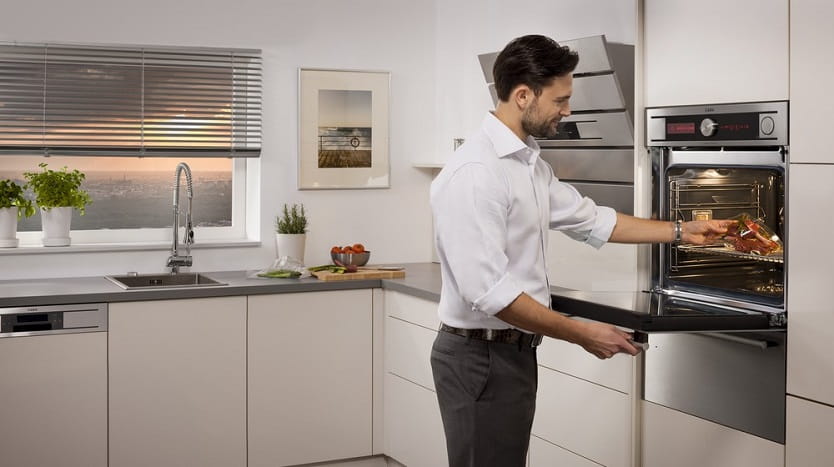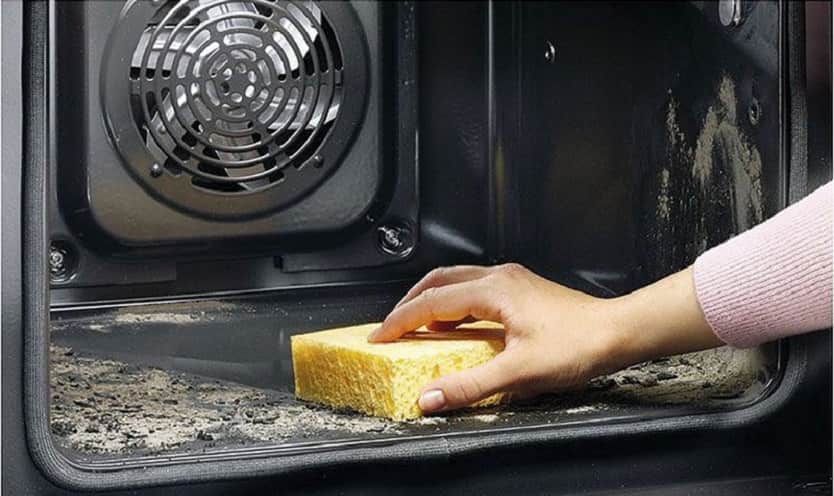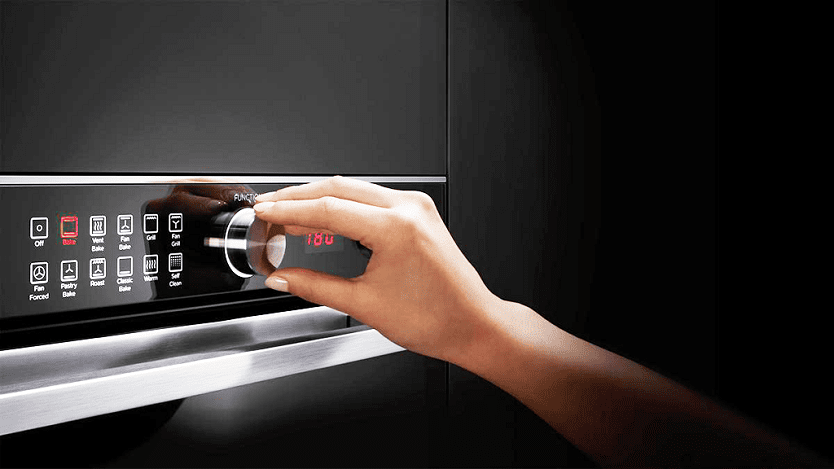There is probably no woman in the world who would not please her household with delicious food cooked in the oven. Cleaning the oven is as time consuming as cooking. At the moment, there are many ways that allow you to well clean the surface of the oven from grease and other dirt. In addition, many manufacturers equip their equipment with such a function as self-cleaning, which is of several types. In this article, we will take a closer look at the catalytic cleaning function of the oven and tell you what it is.
What is catalytic purification?

From a scientific point of view, catalytic purification is the chemical decomposition of substances under the action of catalysts. In simple words, the surface of the oven is coated with a special grease-absorbing enamel with oxidation catalysts in the form of oxides of copper, cobalt, manganese or cerium dioxide. This composition covers the back, top and side walls, in some models, convector blades.
With increasing temperature, the catalyst is activated and accelerates the oxidation of fats accumulated on the walls. After the completion of the catalytic grease removal, only ash and water remain.
Important: The catalytic cleaning of the oven is absolutely harmless to human health and does not affect the taste of the cooked products.
The service life of such a coating is approximately 5 years, after this period the walls will have to be replaced. You can learn how to replace the walls correctly from the instructions, which contain detailed descriptions of how to perform these actions yourself without calling a specialist. Some models of ovens are equipped with double-sided side walls, on which there is enamel with a catalyst. This is done in order to exclude the replacement of the walls: they will simply need to be placed backwards.
See also:
- 6 best ovens VECO 2025 of the year
- 7 best Korting ovens according to customer reviews
- The 8 Best Hansa Ovens 2025 of the year
- Hotpoint-Ariston's 8 best ovens
- The 8 best ovens in Gorenje
How to start catalytic cleaning

There is no need to specially prepare for the catalytic cleaning of the oven — the whole process takes place without human intervention. This method does not require the launch of a special mode; it is activated automatically during cooking. To start the self-cleaning process, 140 ° C is enough; for maximum effect, you must preheat the oven to 220-250 ° C.
After cooking, you will need to wipe the oven with a cloth to remove any food and dirt that has been released. Note that this technology is available in both gas and electric ovens.
Pros and Cons of Catalytic Cleaning

Each device has both advantages and disadvantages. Let's take a look at the pros and cons of catalytic oven cleaning.
Advantages:
- Affordable price;
- Time saving - no need to clean the oven after each use;
- Energy saving;
- You can install the oven near any type of furniture - its walls do not get very hot;
- Ease of cleaning - happens automatically.
Disadvantages:
- When cooking fatty dishes, the oven will not clean itself right away - in this case, the principle of accumulation works - the more often you use it, the better the result;
- Some elements of the oven will have to be washed by hand, namely the bottom wall and the oven door. These elements are not covered with enamel.
- Not all ovens have enamelled side walls on both sides;
- The term of use is about 5 years;
- Brittleness - the enamel must be cleaned exclusively with soft sponges and products without abrasive components, otherwise they will lose their properties.
![]() See also - Built-in electric ovens: basic selection criteria
See also - Built-in electric ovens: basic selection criteria
In this article, we talked about what a catalytic cleaning oven is and examined the advantages and disadvantages. This method helps not only save time and energy of a woman, but also to keep her in a good mood.
See also:

